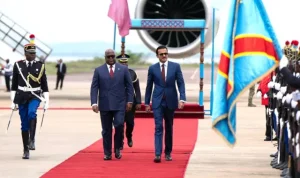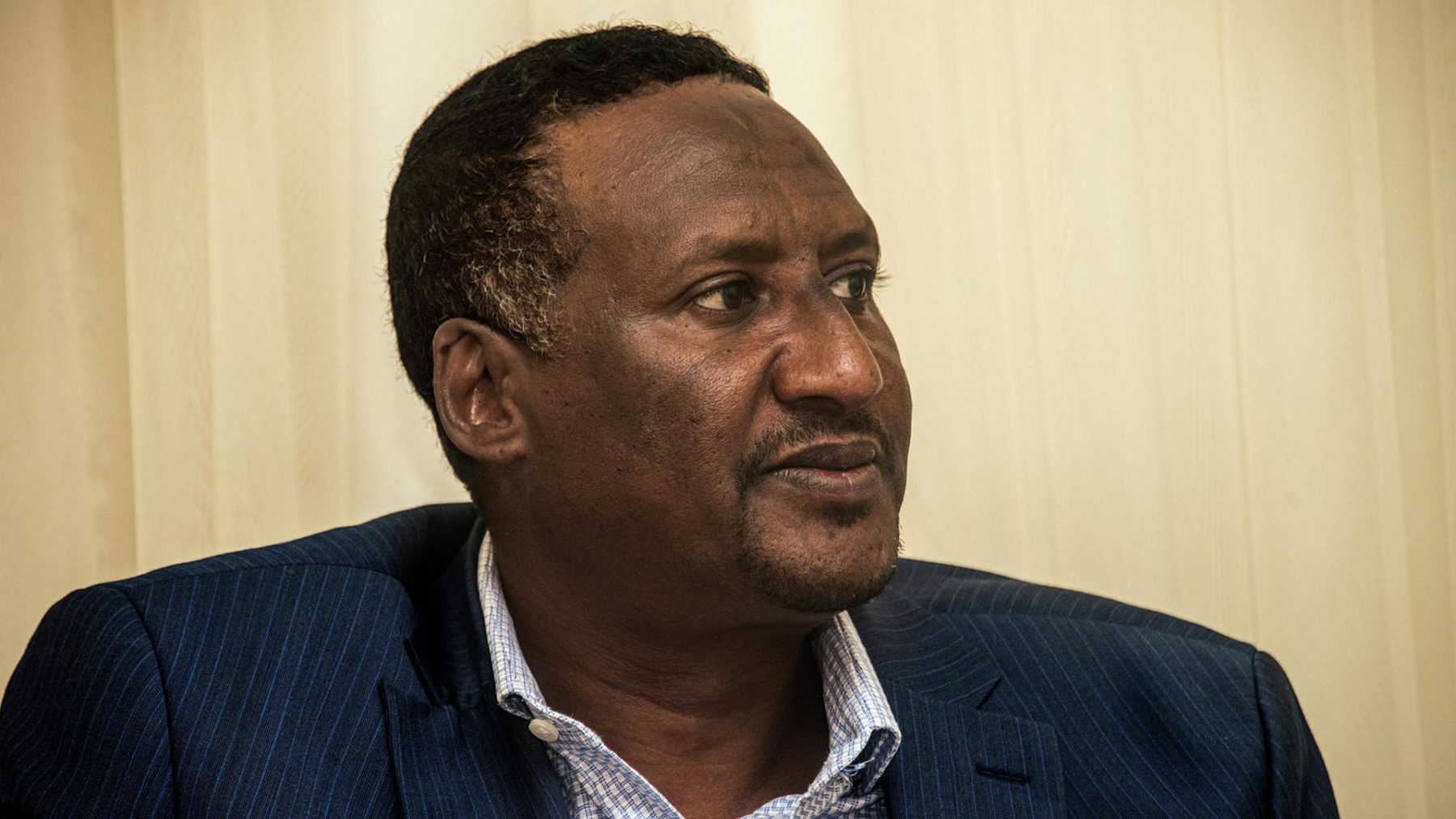America’s relief won’t save Russia’s economy without Europe

Russia claims that its economy has grown six times faster than Europe in 2024, yet is the country on its way to an economic decline.
According to AA, Russia’s Prime Minister Mikhail Mishustin on the 26th of March claimed the economy had reached a size of 200 trillion rubles in 2024, the equivalent of 2.37 trillion dollars.
Mishustin explained, “Our growth in two years has exceeded Europe’s almost sixfold.”
This comment exposes the economic war which has been taking place since Europe brought sanctions on Russia for their invasion of Ukraine in February 2022.
Russia appears to be going the wrong way in 2025, with the country’s GDP set to fall by at least 50% this year. This has come after previous months of spiralling inflation and high interest rates, which have affected businesses and consumers.
The Russian bank was forced to raise its interest rates to 21% in October 2024, the highest they had been in 20 years. The bank has now frozen interest rates at this level reducing economic growth, creating a big blow to Russia’s business community.
The lifeline which Russia appears to be resting on in recent weeks is Trump’s America to lift sanctions and offer the chance for Russia to become legitimate again.
According to reports by the Economist, the Kremlin has begun to ask Russian firms which sanctions they would like to be lifted by America first, underscoring a closer belief by the Kremlin that sanctions will indeed be lifted shortly. Steve Witkoff, a White House envoy, stated that sanctions relief would come after a ceasefire in Ukraine was agreed, with the breakthrough in the agreement set for a “couple of weeks”.
This offers a major boost to the Russian economy, with America having nearly 6,500 penalties on Russia since February 2022.
This would allow Russia access back into American tech, currency and payment networks, bringing investor confidence and symbolic value as America extends an economic olive branch. However, despite Trump’s willingness to ease sanctions following a Ukraine ceasefire, Europe appears determined to maintain its harder stance.
Unlike America, Europe’s relationship with Russia carries deeper historical, political, and geographical significance. The continent’s proximity to the conflict has shaped a more resolute stance against Russian aggression.
In recent weeks we have seen Starmer and Macron become the face of European rearmament and the continuation of support for Ukraine by Europe and the EU while Trump and his office have wanted to push Zelensky into a deal with Russia and America.
This strong stance really could be the downfall of the Russian economy in 2025 even with the removal of American sanctions on Russia.
Russia’s pre-war trade with the EU was worth 258 billion euros compared to 35 billion dollars with America. Without the removal of European sanctions, this major trading potential is blocked to the Russian economy.
Whilst American support would offer investment confidence, it would be good if Europe maintains their sanctions, which currently has most of Russia’s central banks’ frozen assets of 274 billion euros, making foreign investors wary of further sanctions or just a lack of removal in general.
It is clear that Europe holds a large amount of power over the Russian economy with its sanctions and that even if the American sanctions are lifted, this alone would not bring sufficient power to turn the Russian economy around.
With a clear decline of 50% of GDP expected for 2025, it appears that the war in Ukraine and the strained relationships with Europe are taking a severe toll on the Russian economy. Russia must find a way to reverse this decline, but with Europe looking to ramp up its support of Ukraine rather than ease sanctions, a solution may not be just around the corner.
AA, The Express, The Economist
Want to chase the pulse of North Africa?
Subscribe to receive our FREE weekly PDF magazine











